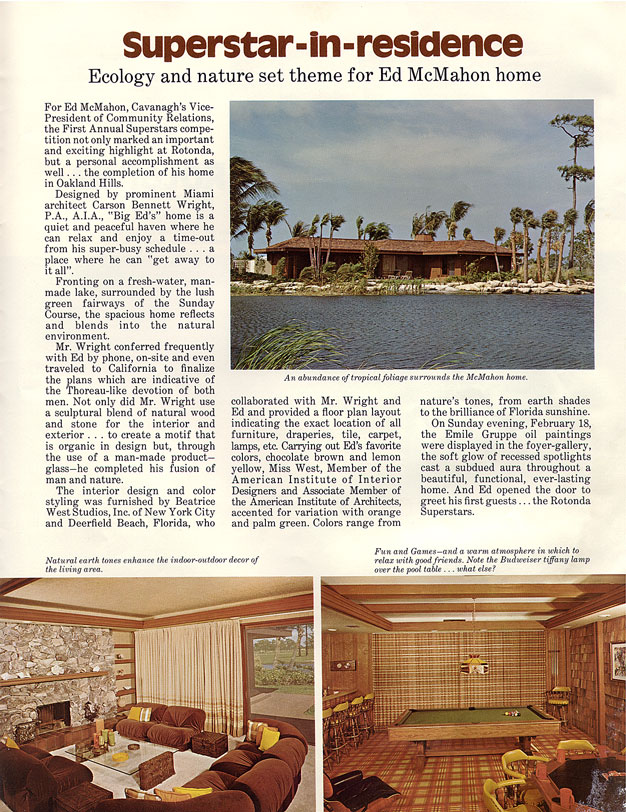As we traverse Rotonda, we might echo some interesting folk who preceded us. The history of our chunk of paradise goes deep.
President James Monroe accepted Florida from Spain in 1821, when the invading Spanish went home, whipped by Indians, snakes, predatory animals, oppressive heat and mosquitoes. Monroe named Andrew Jackson (later our seventh president) Florida’s first territorial governor. In 1845, Florida became the 27th state to join the Union. It remained largely a frontier wilderness until the early 1900’s, especially our southwest coast.
Many who first came here were Georgians and Carolinians. They escaped the pending civil war, but endured tremendous hardships establishing their Florida homesteads. Most went back north, disenchanted. This was Indian country. Florida is associated with the Seminole, but it was mostly Calusa that roamed the Charlotte Harbor area, and records suggest they had done so since 3,500 B.C.
The Spanish pirate Jose Gaspar operated freely out of nearby Boca Grande, giving Gasparilla, Useppa, Cayo Costa and Captiva islands their names. In 1822, he attacked a United States frigate thinking it was a helpless merchantman, and reputedly wrapped himself with chains and jumped overboard. His buddy, the English mutineer Brewster Baker, camped on nearby Pine Island and reputedly buried $12 million in gold somewhere on Cape Haze. Perhaps in Rotonda.
Spain’s Ponce de Leon discovered Florida in 1513. He sought to colonize it but encountered resistance from the Calusa. History suggests Ponce was wounded here by a Calusa arrow. Carlos was ultimately captured and executed, his son Don Pedro (named by the Spaniards) assuming tribal leadership. This gave the offshore island of Don Pedro its name.
In 1850, the Swamp Lands Act gave all Florida land to the state, and in 1855 the Tallahassee legislature vested five Trustees with authority to sell it off. The first recorded sale of what is now Rotonda came in 1885, to the Gainesville, Ocala and Charlotte Harbor Railroad. That deed was filed in Manatee County, which then included the Rotonda acres. In 1887, Manatee was divided creating DeSoto County, and local land sales records went there. There was no Charlotte County for another 33 years.
Before 1951, much of Rotonda land sold in small parcels, but by then all of what is now Rotonda was consolidated and owned by Morse Realty Company. That year, Alfred and William Vanderbilt acquired these acres, started a 26,000 acre cattle ranch, developed a fresh water plant and built homes at Cape Haze East.
They sold out in 1969 to Cavanagh Leasing Corporation, for $19 million. In January 1970, a surveyor stuck a stake at the site of the 5 million gallon reservoir declaring it the center of a new community—Rotonda West. In October 1971, Harry and Joan Karr moved into their Rotonda home at 8 Annapolis Lane. They were the first official residents. The rest is history.
Editor’s Note: These and other historical facts about Rotonda’s early years are outlined in Jack Alexander’s book, ‘Rotonda: The Vision & The Reality,’ copies are available for $6.00 at the Rotonda West Community Center, 3754 Cape Haze Drive, Rotonda West 33947, (941) 697-6788.

